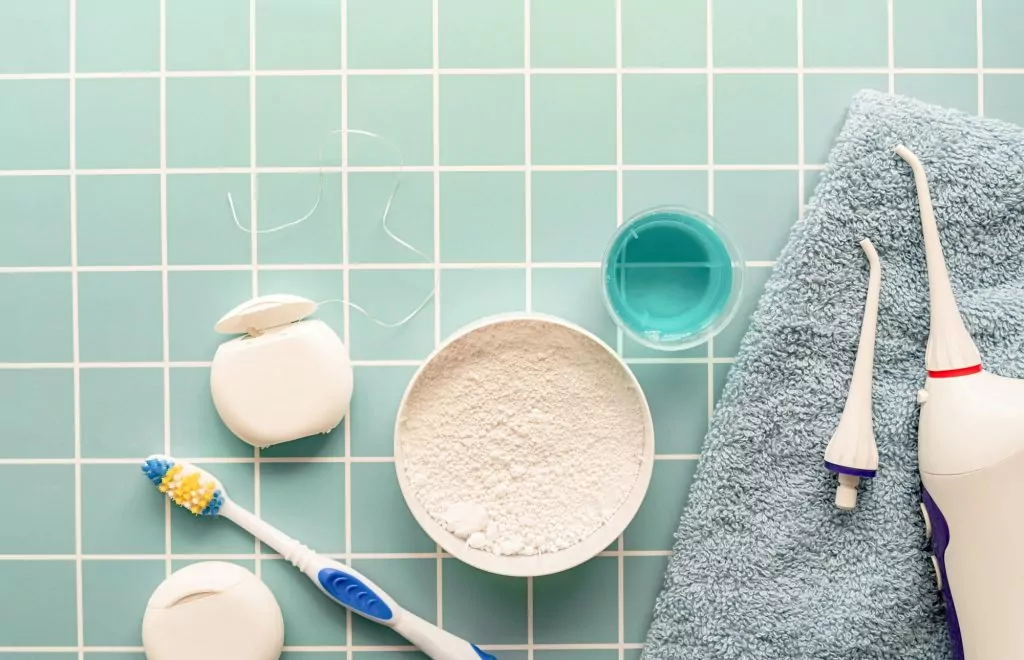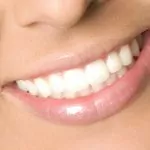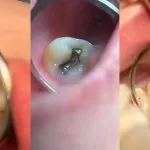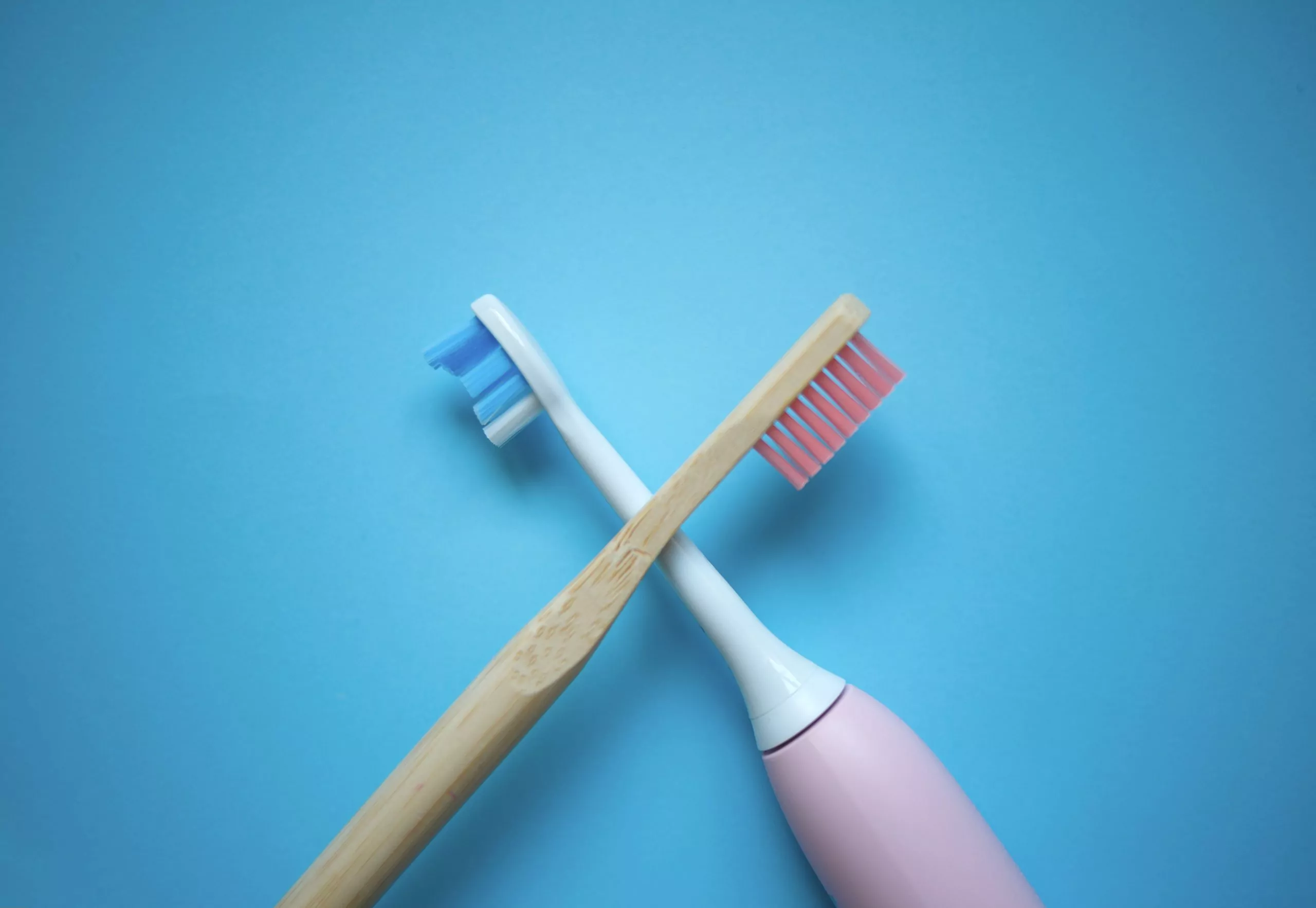In oral health, gum disease is one of the most serious and damaging issues you can suffer from. While scientific advancement has made dental care more accessible, periodontitis advanced stage of gum disease: can still be challenging to diagnose at home.
That’s why we’ve created an informative guide on identifying signs and symptoms that could indicate Periodontitis and what steps to take for comprehensive treatment with secure results within 2024. Read on to learn all about Periodontitis at Home Treatment 2024!
What is periodontitis, and what causes it?

Periodontitis is a dental condition with serious consequences if left untreated. It’s a disease that affects the gums and the alveolar bone that support your teeth and is caused by harmful bacteria in the mouth. Untreated conditions can lead to tooth loss, gum recession, and even bone loss.
- A major cause of periodontitis is poor dental hygiene, but smoking, certain medications, age, and genetics can also play a role.
- The good news is that early detection and treatment can prevent further damage to your teeth and gums. So, keep a close eye on your dental health and don’t ignore any signs of gum disease. Your smile will thank you for it!
What does Periodontitis look like
The biggest sign of periodontitis is when the gums appear red, swollen, and bleed easily when brushed or flossed. As the condition progresses, the gums may recede, exposing more of the tooth. In advanced cases, the teeth may shift or become loose.
It’s important to seek treatment for Periodontitis as soon as possible to prevent further damage to your teeth and gums. If you notice any of these symptoms, make an appointment with your dentist for a proper diagnosis and treatment plan.
Gum Disease Stages

Periodontitis is a progressive disease, meaning it gets worse over time if left untreated. Here are the stages of gum disease:
Gingivitis:
It is the early stage of gum disease and is characterized by inflammation and bleeding of the gums.
Stage 1 (Early Periodontitis):
Gingivitis progresses to involve the supporting bone. There may be slight bone loss, but proper treatment and oral hygiene often reverse it.
Stage 2 (Moderate Periodontitis):
Further disease progression with noticeable bone loss. Treatment becomes more involved, requiring professional intervention to manage and prevent further damage.
Stage 3 (Severe Periodontitis):
This stage involves significant bone loss, deepening of periodontal pockets, and increased mobility of teeth. Treatment becomes more complex, often involving scaling, root planing, and possible surgical intervention.
Stage 4 (Advanced Periodontitis):
This is the most severe stage, with extensive bone loss, deep periodontal pockets, and significant tooth mobility. Treatment may include advanced surgical procedures, and tooth loss is a higher risk.
Early Treatment Options for Periodontitis
- The best option is scaling and root planing, a deep cleaning procedure that removes plaque and tartar buildup below the gum line.
- Another option is prescription antimicrobial mouthwash, which can target and kill harmful bacteria that cause gum disease.
- Talking to your dentist is important because they can provide individualized treatment options to prevent further damage and maintain oral health.
- Your dentist may prescribe antibiotics depending on the severity of your condition.
Impact of Poor Oral Hygiene on Your Health
Studies suggest that oral health is linked to general health, with Periodontitis being linked to an increased risk of heart disease and stroke. So, it’s imperative to prioritize your oral hygiene to avoid these health issues!
Periodontitis at Home Treatment Strategies
While it’s always recommended to seek professional dental treatment for this condition, there are some effective strategies you can try at home to help manage the symptoms.

- For example, incorporating a daily oral hygiene routine that includes regular brushing, flossing, and, most importantly, mouthwash use can help reduce bacterial build-up and inflammation in the gums.
- Lifestyle changes such as reducing sugar intake and quitting smoking can also benefit your gum health.
- By taking an active role in your periodontitis treatment plan, you can help improve your overall oral health and prevent further damage to your gums and teeth.
- Flossing and cleaning out in between teeth and around the gum helps to remove harmful plaque and debris. To mechanically remove the plaque, debris: dental floss , interdental brush and water flosser can be useful aid to reduce gum disease
Best mouthwash for gum disease
Finding the right mouthwash can be a game-changer for your oral health. The best mouthwash for gum disease should be specifically formulated to target bacteria and plaque buildup that can contribute to gum irritation and inflammation.

Best Mouthwash containing Chlorhexidine
- Look for a mouthwash that contains antibacterial ingredients like chlorhexidine digluconate or essential oils like tea tree oil, as these can help to reduce the number of harmful bacteria in your mouth.
- Consider a fluoride mouthwash to help strengthen your teeth and prevent further damage. With the right mouthwash and a good oral hygiene routine, you can take control of your gum disease and improve your overall oral health.
Other Home Remedies for Periodontitis
While home remedies can complement professional treatment, it’s important to note that they are not a substitute for professional dental care, especially in advanced stages of Periodontitis. However, some practices may help manage symptoms and support overall oral health:
-
Saltwater Rinse:
– Gargling with warm salt water can help reduce inflammation and promote healing. Mix a teaspoon of salt in a glass of warm water.
-
Oil Pulling:
– Swishing coconut or sesame oil in the mouth for 15-20 minutes may help reduce bacteria. Spit it out afterward and rinse it with water.
-
Turmeric:
– Turmeric has anti-inflammatory properties. Applying a paste of turmeric and water to the gums or adding turmeric to your diet may provide some benefits.
-
Green Tea:
– Green tea contains antioxidants that may help reduce inflammation. Drink green tea regularly as part of your routine.
-
Aloe Vera:
– Aloe vera gel, known for its anti-inflammatory properties, may be applied to the gums. Ensure it’s pure aloe vera and not a product with added sugars.
-
Vitamin C-Rich Foods:
– Foods high in vitamin C, like citrus fruits and strawberries, can support gum health. Vitamin C is essential for collagen production, which is important for gum tissue.
- Probiotics:
– Probiotics, either in supplement form or through fermented foods, may promote oral health by balancing the oral microbiome.
-
Hydrogen Peroxide Rinse:
– Dilute hydrogen peroxide with water and use it as a mouthwash. Be cautious not to swallow it, and do not use it as a long-term solution.
Remember, these home remedies should not replace professional dental care. If you suspect Periodontitis or have been diagnosed, it’s crucial to consult a dentist or periodontist for a proper evaluation and personalized treatment plan.
Can you reverse gum disease?
While the thought of potentially irreversible damage may be concerning, the good news is that gum disease can be reversed with proper care and treatment.
- Regular brushing, flossing, and professional cleanings can effectively remove plaque and prevent further damage to your gums.
- It’s important to take action early on, as the longer gum disease goes untreated, the more difficult it becomes to reverse. You can reverse gum disease and prevent its recurrence by caring for oral health.
Periodontal Maintenance
- Taking care of your oral health is important for your teeth and overall well-being. This is where periodontal maintenance comes into play.
- Periodontal maintenance is a thorough cleaning of your teeth and gums that is done after you have undergone periodontal treatment. This procedure aims to keep your teeth healthy and your gums strong.
- It is essential to have regular maintenance appointments with your dentist or periodontist to prevent any further damage to your teeth and gums.
- By staying proactive with oral health, you can avoid more costly and invasive surgical treatments and enjoy a bright, healthy smile for years.
When to Visit the Dentist for a Check-up
- Regular visits to the dentist are an essential part of this care. But how often do we need to go in for a check-up? The general rule is to have a check-up every six months, which can vary depending on individual needs.
- If you have a history of dental issues or are experiencing pain or discomfort, scheduling an appointment as soon as possible is crucial. Ignoring these signs could lead to more severe problems down the road.
- Conversely, your dentist may recommend only annual check-ups if you have strong and healthy teeth and gums.
Periodontitis treatment cost
The cost of periodontitis treatment varies depending on the severity of the condition and the type of treatment needed.
- In the UK, a scaling and root planing procedure can cost anywhere from £60 to £250 per quadrant or section of your mouth.
- Other treatments, such as periodontal surgery, flap surgery and bone grafts, may cost significantly more. So, taking steps towards your oral hygiene is important.
Final Verdict
Ultimately, your oral health is extremely important to your overall well-being. Without proper care, Periodontitis can lead to more serious and even life-threatening medical conditions.
Practicing good oral hygiene and seeing the dentist regularly for check-ups is important to avoid periodontal disease. If you are experiencing any symptoms of gum disease, such as gingival bleeding or inflammation, contact your dentist as soon as possible for treatment.
With ongoing professional care and continued home practices such as brushing twice a day and using an antiseptic mouthwash like Listerine Total Care Anticavity Mouthwash, it will aid in keeping your oral health in tip-top shape!
Remember that taking control of your oral health starts with you. Visit the dentist every six months for a complete exam, and let them know about any changes or concerns you may have regarding your teeth or gums over time. Speak up and get the expert help you need today!







